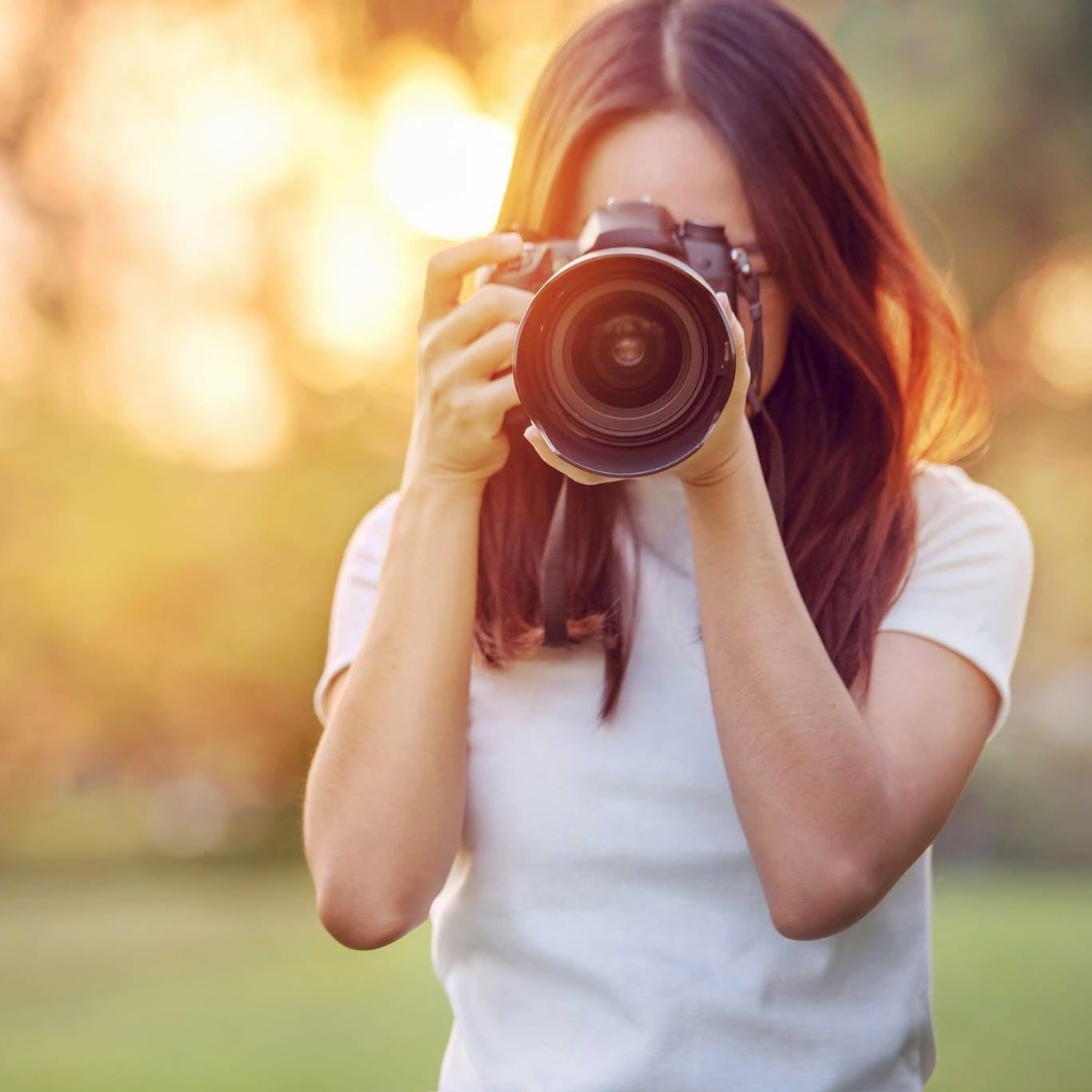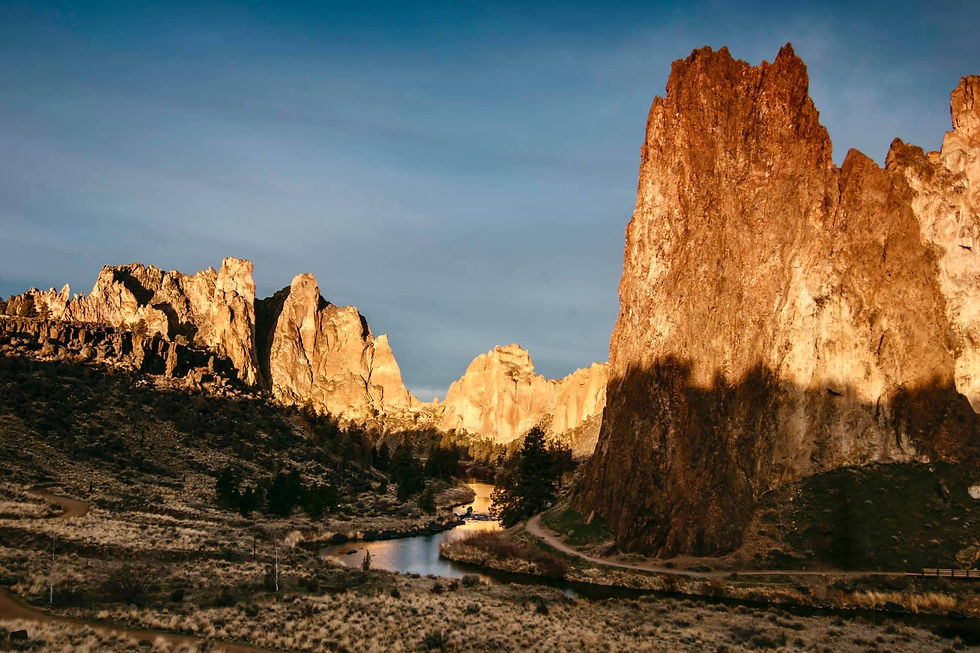Landscape Photography Gear - What's In My Bag?
- Jennifer Costello

- Jan 20, 2022
- 6 min read
Updated: Jan 20, 2022




One of the hottest topics in photography has always been the discussion of gear. There are MANY different opinions about gear. Although pros can debate gear endlessly, one thing most can agree upon is that you shouldn't buy gear until you know what you need and understand some photography basics. Before you make big photography purchases, you should take a workshop, watch videos or talk with a pro. The answer to improving your photography skills is never to buy a better camera. I've seen many amazing images come out of low end cameras and the opposite. Fully understand the camera you have before you purchase a new one.
I am not going to recommend brands or models in this article. Rather, consider this a packing list of sorts. Basically, this is what I have in my bag when I head out the door to capture landscapes.
1. Camera Body - I have shot with all different kinds of cameras over the years. Technology changed and so did my needs and interests. My first year at Brooks Institute of Photography, I was required to shoot with a 4x5 camera. Talk about learning the hard way! When I started shooting weddings, I used a medium format film camera. I eventually switched to a 35mm film camera and then a full frame DSLR. As I became an avid hiker and climber, my needs changed. I no longer needed to impress clients with an expensive full frame camera and I didn't like basically carrying a brick in my backpack. I tried a mirrorless camera and I really wanted to love it, but I couldn't get use to certain features. I purchased a crop sensor DSLR and have never regretted it. I bring it on every hike. I am happy with the quality and the weight. FYI, it's not so much the weight of a crop sensor body that is lighter than a full frame, but the weight of the lenses that are compatible with it. I don't recommend a crop sensor for astrophotography though. A full frame DSLR has less noise at the higher ISOs needed for astrophotography. Since that's past my bedtime, it's not an issue for me. A camera body purchase is really specific to each individual and their needs and interests. The best and most expensive camera on the market doesn't always mean its the best camera for YOU.
2. Wide Angle Lens - A wide angle lens must be in your bag if you are going to shoot landscapes. On a full frame, a 16-35mm lens is a popular choice. It covers a nice range of focal lengths common in landscape photography. If you are shooting with a crop sensor like me, I recommend a 11-16mm lens. It will make up for the loss of frame that comes with a crop sensor. I also recommend getting at least a F2.8 aperture. I don't use F2.8 in landscape photography, but these lenses tend to be higher quality. This is where I would spend some extra money if you have it. Lens quality can make a big difference in the sharpness and crispness of an image. Also, when I'm not shooting landscapes, I almost always shoot at F2.8 and if you are into astrophotography, you will need a F2.8.
3. Standard Lens - A 24-70mm lens is a versatile choice for a standard lens on a full frame camera and a 17-35mm for a crop sensor. Again, I recommend a F2.8. I don't use this lens as often as my wide angle, but it definitely has a place in my bag. Sometimes you want to focus in on the details of a scene and a standard zoom lens is great for that.
4. Telephoto Lens - This is definitely not a must have, but a nice to have. Telephoto lenses are heavy and expensive. But sometimes when the light is hitting the peak of a mountain just right and I want to zoom in and capture all the wonderful detail, I need my 70-200 telephoto lens. No, I don't hike with it!
5. Tripod - Finding the right tripod, took me some time. I feel like the tripod is often a photographer's nemesis because a lot can go into the selection and it doesn't feel very natural to use at first. But once you have the right tripod and you are comfortable making quick adjusts, your photography skills can really grow. I prefer a ball head and flip (as opposed to twist) levers on the legs for opening and closing. Both allow me to make quick movements and easy adjustments. The key to tripod selection is finding a tripod that is light enough but will still support your camera setup, provide reliable stability and get the job done. First, weigh your setup, including the camera body, your heaviest lens and its lens hood. You can easily do this by weighing yourself holding your camera setup and then without. Then subtract! Check the tripod requirements to find out the maximum weight the tripod can hold. Try not to buy a tripod that can hold significantly more than the weight of your camera setup. This can often increase the weight of the tripod, making it heavier and bulkier to carry around then needed. Be sure to check the tripod's weight, but also its height. How high do the legs and neck extend? It should be tall enough to hold your camera at eye level.
6. Lens Cloths - Often undervalued, a few lens cloths need to be in every photographer's bag, especially in the PNW. Rain sprinkles, waterfall spray and fingerprint smudges will happen. If you don't keep the glass of your lens clean, your images can look soft or diffused.
7. Cable Release - Using a camera release or remote shutter device will allow you to trigger the shutter without touching the camera, possibly causing camera shake and resulting in an image that is not sharp. Because I am always hiking with my camera and counting grams of weight, I often choose not to bring a cable release. Instead, I set a 2 second self timer, which gives me enough time to remove my hand from the camera before the shutter is released. No need to carry extra gear.
8. Neutral Density Filter - This is the filter you will need to blur water when shooting waterfalls, rivers or the ocean. It is also great for blurring fast moving clouds. It requires a tripod to steady your camera for a long exposure. I prefer a 10 stop ND filter since I like the water very blurred. This filter lowers the light coming through the lens to allow for longer shutter speeds. The more the light is lowered (more stops), the longer the shutter is open and the more the water is blurred.
9. Graduated Neutral Density Filter - Filters are a big part of landscape photography. They can dramatically cut your post production time when used properly. I use a 3 stop graduated ND filter to really bring in the detail of the sky in my landscapes. Because it is a graduated neutral density filter, it lowers the light in the sky, but not on the ground. It helps to even out high contrast scenes where the sky is bright and ground is darker. Read my article about why I prefer graduated neutral density filters.
10. Polarizing Filter - This filter is in my bag, but it doesn't see a lot of action. It reduces sun glare which can affect color saturation, contrast and brightness. Since I typically shoot at sunrise and sunset when the sun is low, I don't often have a need for a polarizing filter and prefer to have the graduated ND filter on my lens. But if you find yourself shooting midday, a polarizing filter is very useful in reducing sun glare and improving color and contrast.
11. Shoes, Jackets, Gloves, Hat - While not actually in my bag, clothing is definitely worth a mention! Think LAYERS. You can always take them off. If it is cold and you are standing still you will want to bundle up, but once you start moving around quickly with a lot of equipment, you may heat up. Dressing in layers gives you more flexibility. Footwear is also critical to a good shoot. Consider waterproof boots to keep your feet dry and warm. And nothing can spoil a shoot quicker than cold hands! I use insulated, water resistant photographer gloves with flip tips on the thumb and forefinger. Game changer!
12. Camera Bag - Lastly, where do I put all this gear? I prefer a waterproof camera backpack, even when not hiking. It's easy enough to swing off my back to get into and allows me to move around quickly without the back pain involved with carrying my gear in a shoulder bag. The padded inserts help to keep my gear organized, protected and easily accessible. Most camera backpacks have straps to hold your tripod on the outside. When buying a camera bag you should consider how many camera bodies and lenses you will need to carry, will you be traveling on an airplane, what types of weather will you encounter and how quickly do you need to access your gear or change lenses.
Happy Shooting!
~ Jennifer Costello

Comments